My rose bush died and I don't know why
Jasminerose, California, USDA 9b/Sunset 18
10 years ago
Related Stories

FUN HOUZZEverything I Need to Know About Decorating I Learned from Downton Abbey
Mind your manors with these 10 decorating tips from the PBS series, returning on January 5
Full Story
GARDENING FOR BIRDSWhat to Know About Birds Nesting in Your Yard
Learn how to observe, record data and help ornithologists with NestWatch’s citizen science project understand bird trends
Full Story
I. DIE. The Rachel Zoe Project Is Back
As Season 4 premiers we visit some fashion-forward rooms this tastemaker would appreciate
Full Story
CONTAINER GARDENSPatio-Perfect Berry Bushes Like You’ve Never Seen
Small enough for pots but offering abundant fruit, these remarkable bred berries are a boon for gardeners short on space
Full Story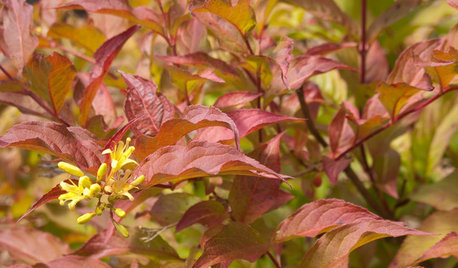
GARDENING GUIDESGreat Design Plant: Northern Bush Honeysuckle, a Bronze Beauty
It helps control erosion and takes sun or shade. The butterflies love it. But the best part of this shrub may be the vivid foliage
Full Story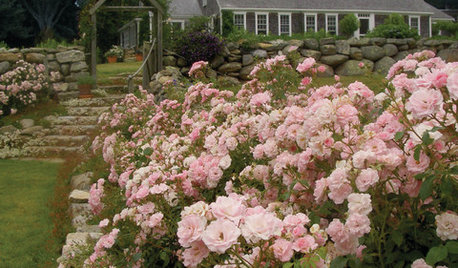
GARDENING AND LANDSCAPINGReimagine the Rose Garden
No need for boxlike bushes. Modern roses are breathtakingly beautiful mixed casually and with less formal shapes in the landscape
Full Story
MOVING9 Things New Homeowners Know to Be True
Just moved into a new home? Congratulations! The fun is about to begin
Full Story
GARDENING GUIDES6 Plants That Beat Butterfly Bush for the Wildlife Draw
It's invasive, a nonnative and a poor insect magnet. Check out these better alternatives to butterfly bush in the garden
Full Story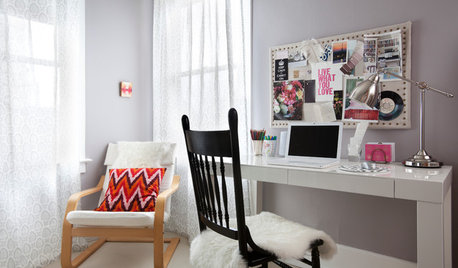
WORKING WITH PROS10 Things Decorators Want You to Know About What They Do
They do more than pick pretty colors. Here's what decorators can do for you — and how you can help them
Full Story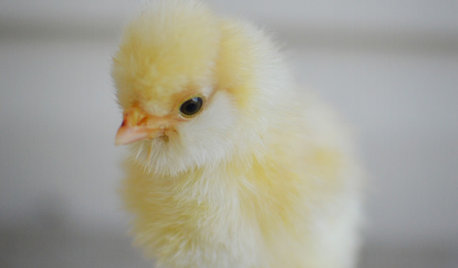
PETSWhat You Need to Know Before Buying Chicks
Ordering chicks for your backyard coop? Easy. But caring for them requires planning and foresight. Here's what to do
Full Story






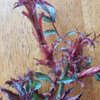
roseseek
Jasminerose, California, USDA 9b/Sunset 18Original Author
Related Professionals
70037 Landscape Architects & Landscape Designers · Beavercreek Landscape Architects & Landscape Designers · Lyons Landscape Architects & Landscape Designers · Oatfield Landscape Architects & Landscape Designers · Saint Matthews Landscape Architects & Landscape Designers · Garden City Landscape Architects & Landscape Designers · Burlington Landscape Contractors · Dallas Landscape Contractors · Lake Saint Louis Landscape Contractors · Pahrump Landscape Contractors · San Rafael Landscape Contractors · Severna Park Landscape Contractors · Streamwood Landscape Contractors · West Coon Rapids Landscape Contractors · Palos Hills Landscape Contractorsroseblush1
roseseek
Jasminerose, California, USDA 9b/Sunset 18Original Author
roseseek
seil zone 6b MI
growing_rene2
Jasminerose, California, USDA 9b/Sunset 18Original Author
roseseek
Jasminerose, California, USDA 9b/Sunset 18Original Author
roseseek